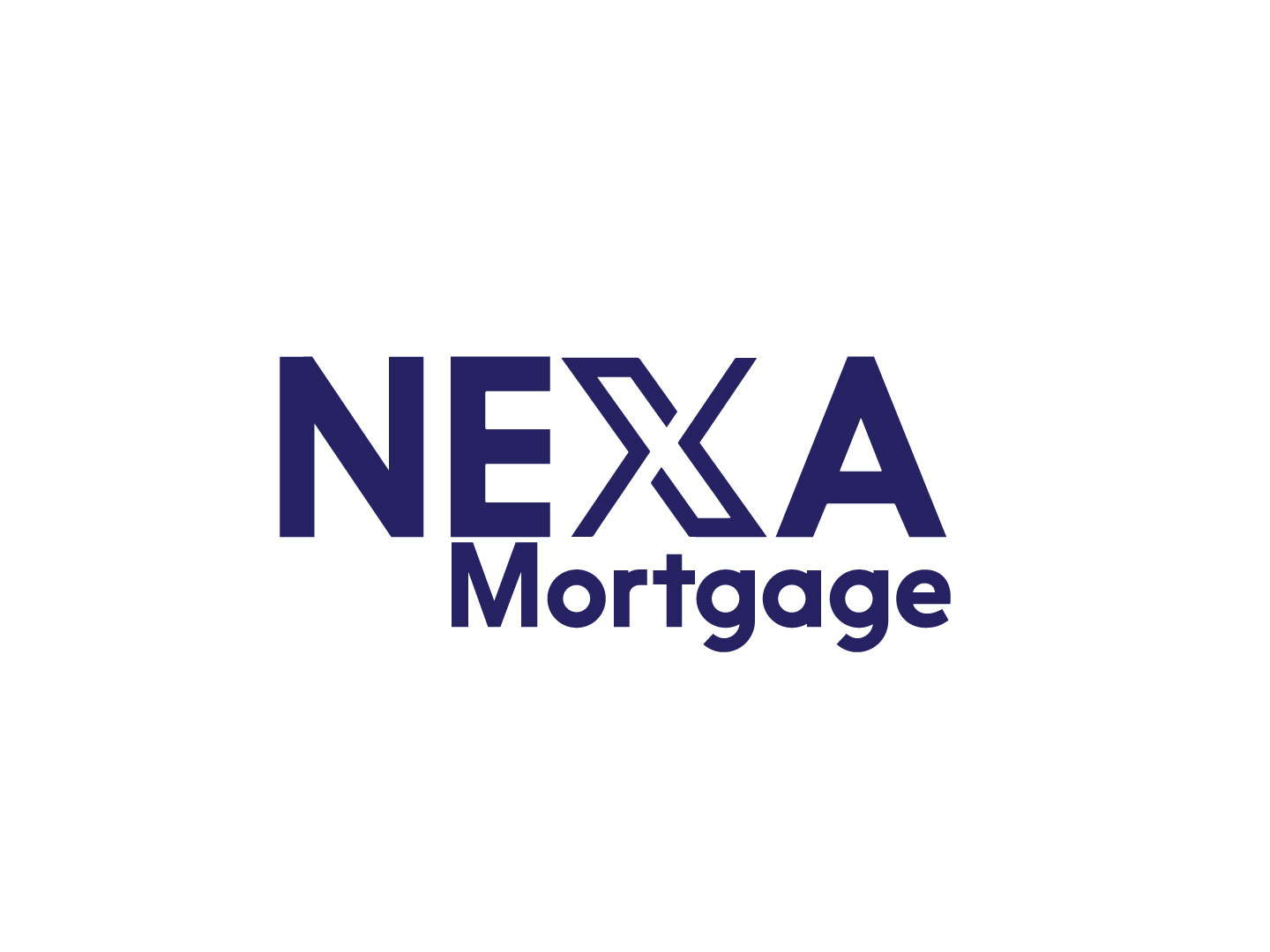Adjustable Rate Mortgage

An Adjustable Rate Mortgage (ARM) is a type of home loan where the interest rate can change or “adjust” over time. Unlike a fixed-rate mortgage, where the interest rate remains constant, an ARM typically starts with a fixed rate for an initial period, after which the rate can vary periodically based on specific market conditions.
The initial fixed-rate period of an ARM is typically set for a predetermined number of years, such as 5, 7, or 10 years. During this period, the interest rate remains stable, and your monthly mortgage payments are predictable. However, once the initial fixed-rate period ends, the interest rate adjusts periodically based on a predetermined schedule, such as every year or every six months.
The adjustment of the interest rate is typically tied to a specific financial index, such as the U.S. Treasury Bill rate or the London Interbank Offered Rate (LIBOR). The lender adds a margin to the index to determine the new interest rate. As the index fluctuates, the interest rate on your ARM can increase or decrease accordingly.
When the interest rate adjusts, your monthly mortgage payment may also change. If the rate increases, your payment will rise, and if the rate decreases, your payment will decrease. The specific terms of how the interest rate adjusts, including any caps or limits on how much it can change, are outlined in the mortgage agreement.
Adjustable-rate mortgages often have lower initial interest rates compared to fixed-rate mortgages. However, they also carry more uncertainty because future rate adjustments can impact your monthly payment and overall borrowing costs. Some borrowers may choose an ARM if they anticipate selling the property or refinancing the mortgage before the initial fixed-rate period ends.
It’s important to carefully consider the potential risks and benefits of an ARM. Understanding the terms, including the initial fixed-rate period, adjustment intervals, index used, and any caps or limits, is crucial for making an informed decision.
